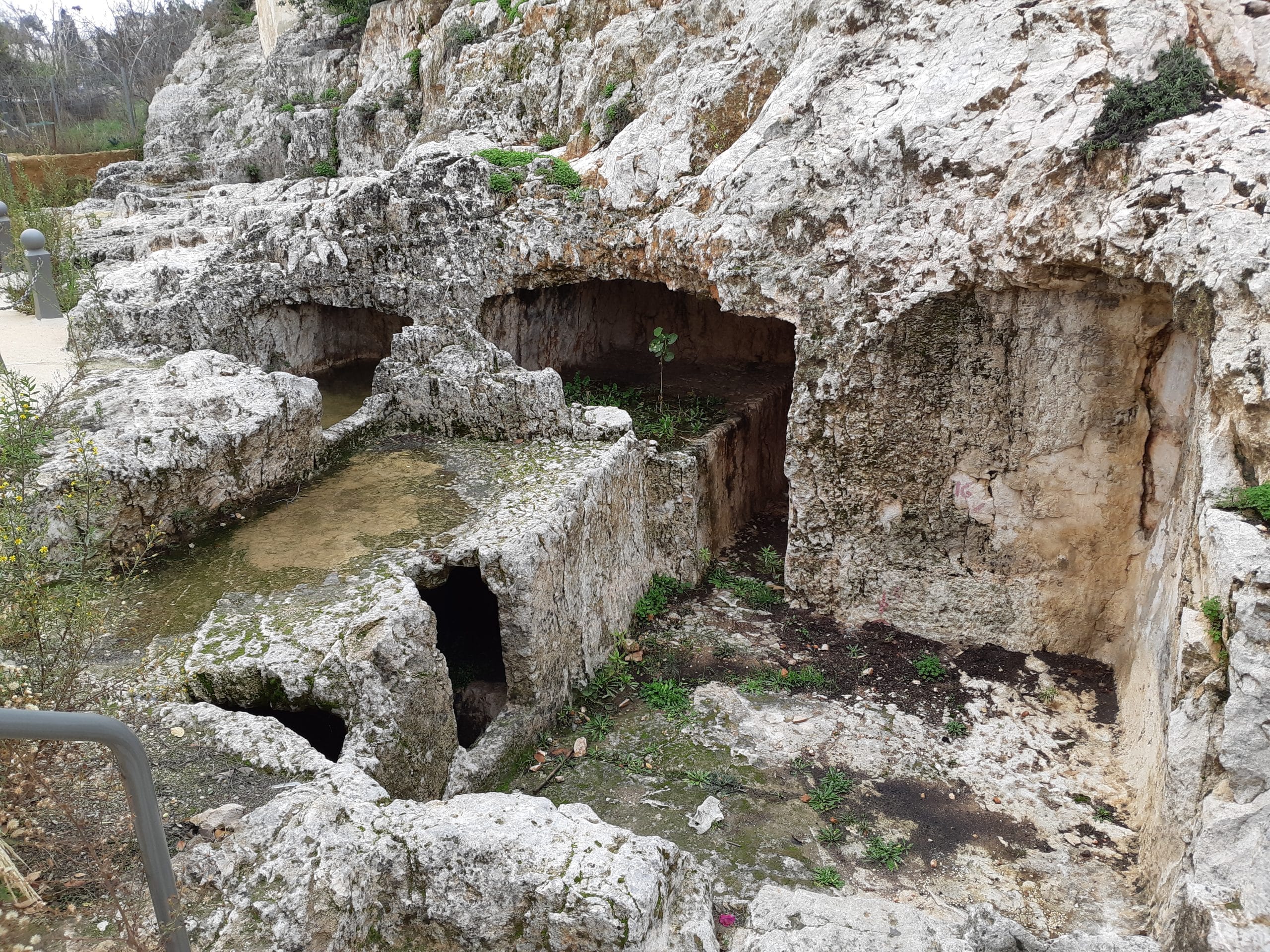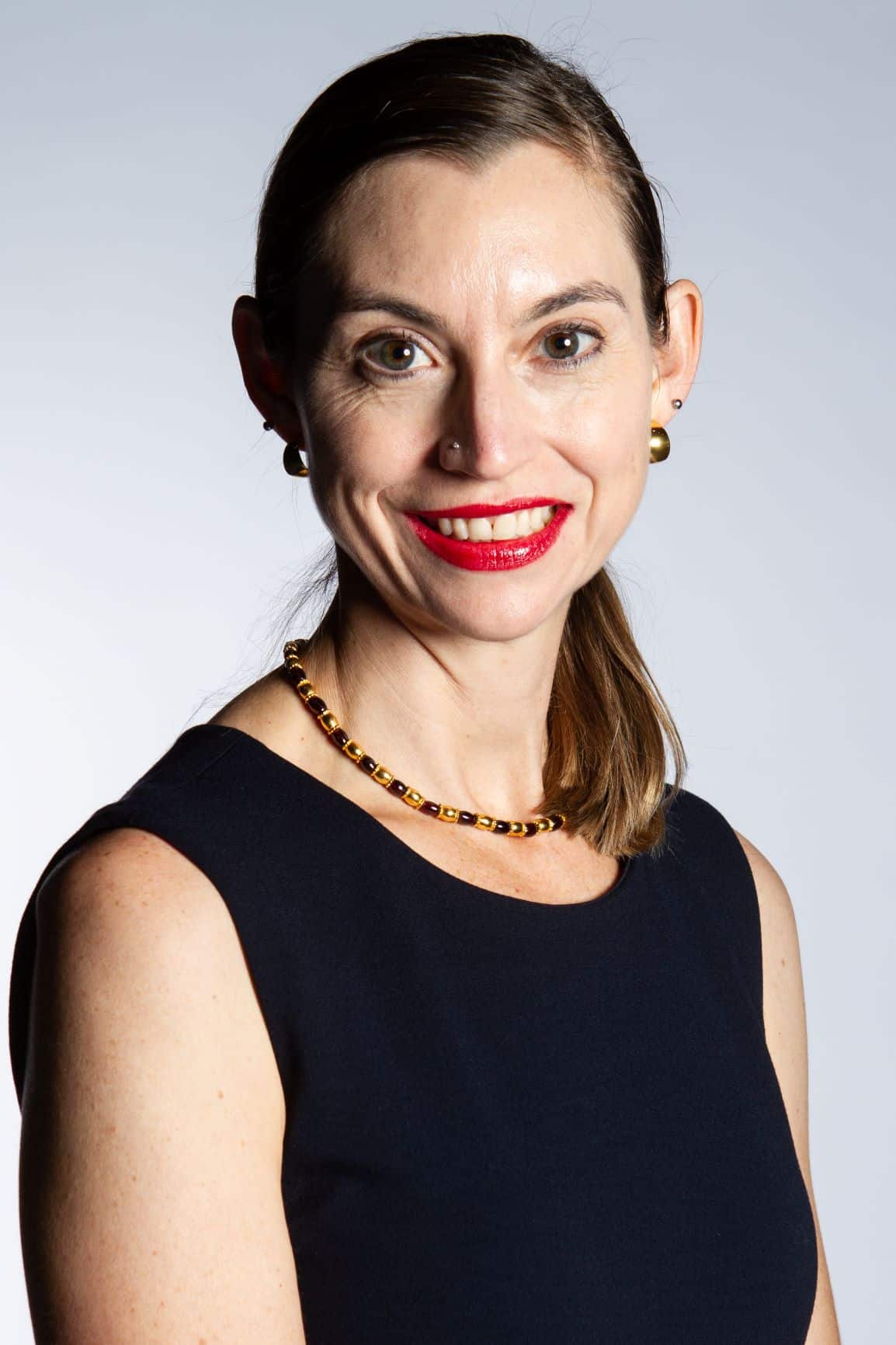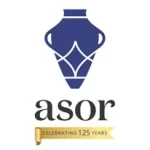
FRIENDS OF ASOR WEBINARS
The Dying Child: Death and Personhood of Children in Ancient Israel
Friends of ASOR present the next webinar of the 2024-2025 season on April 16, 2025, at 7:00 pm EDT, presented by Dr. Kristine Garroway. This webinar will be free and open to the public. Registration through Zoom (with a valid email address) is required. This webinar will be recorded and all registrants will be sent a recording link in the days following the webinar.

The archaeological record provides us with an incredible amount of information regarding the way that families coped with the death of a child. Yet, it has gone underappreciated, even unnoticed in the scholarly literature. This talk will take you along a journey to explore the ways in which people living in the time of the Israelite monarchy (Iron Age II ca. 1200-587 BCE) cared for their dying children. It will examine the different methods of burying children and the possible beliefs driving the choice of interment. We will discuss the relationship between a belief in rebirth and jar burials in the Northern Kingdom and cremations on the coast, as well as the Judahite concern for ethnically marking one’s child as Israelite and including them in the family tomb. While the array of burial practices attests to the heterodox beliefs of people living in the land of Israel, one thing unifies them: as we will see, people understood even young children to have some degree of personhood, which necessitated both burial and post-mortem care.

SPONSOR A WEBINAR!
Several levels of support from $50-$1,000 are available. Proceeds go towards membership scholarships and towards increasing ASOR’s virtual resources. Each sponsorship is tax-deductible and includes benefits! Sponsor a webinar here.
WHY SPONSOR ONLY ONE?
Season Sponsorships are also available from the ASOR Online Store here!
Latest Posts from @ASORResearch
Stay updated with the latest insights, photos, and news by following us on Instagram!
American Society of Overseas Research
The James F. Strange Center
209 Commerce Street
Alexandria, VA 22314
E-mail: info@asor.org
© 2025 ASOR
All rights reserved.
Images licensed under a Creative Commons Attribution-NonCommercial-ShareAlike 4.0 International License


